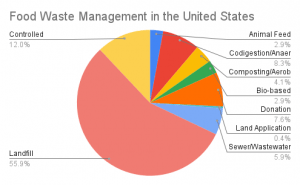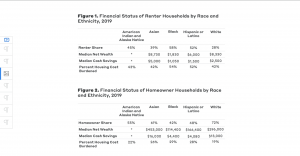Math related to sustainability isn’t just something meant for textbooks but math has real understandings and effects on our world and how sustainable we are as individuals. Worldwide, roughly 9.2% of the population live in extreme poverty and in the US alone, 34 million people live in poverty. However, these statistics only relate to income, with roughly 1.3 billion people in 107 countries being considered poor in relation to either access to food, education, or healthcare. The relation between human society and the environment is not a simple one and adverse effects from humans create disastrous consequences not only for the environment but also for other humans, especially those most at risk. Poverty can simultaneously affect and be affected by a lack of sustainability efforts. Poorer communities lack the resource security to practice sustainable methods and therefore harm the environment by using all the resources they can find. Poverty also has a negative affect on air pollution with people in poverty not having the education or ability to utilize non-harmful environmental practices. Poorer communities also live in areas with the greatest threat of danger in the face of climate change. The poorer communities live near urban areas which produce 80%of the Greenhouse Gas Emissions in North America. These poorer communities usually live near pollution sites and in areas with inadequate housing and insulation to protect against environmental change. Poverty is a big factor in the continuation of unsustainable practices, as well as being some of the most vulnerable communities to the effects of climate change. It will take a better understanding of the relation between people and the environment, especially those in poorer communities and most at risk, to truly work to make a more sustainable future.
Works cited:
https://www.cnbc.com/2018/11/26/climate-change-will-hurt-poor-people-the-most-federal-report.html






